The Amazing Vegetable You Only Thought You Didn't Like...
You aren't alone: Many people find broccoli overpowering, but this surprisingly delicious recipe will turn you around. Plus, how to fall in love with seven other commonly disliked foods.
By Lynn Andriani

Photo: Thinkstock
Learn to Love Your Enemies
Some ingredients are disliked by so many people that we had to ask ourselves: Why? Karen Page and Andrew Dornenburg, co-authors of The Flavor Bible, say, "It's not that they're inherently unlovable. Sometimes their weaknesses (whether flavor or texture or intensity) are simply their strengths carried too far"—a trait that goes for people as much as food. Here are new ideas for cooking eight unpopular ingredients that will turn almost anyone into a fan.
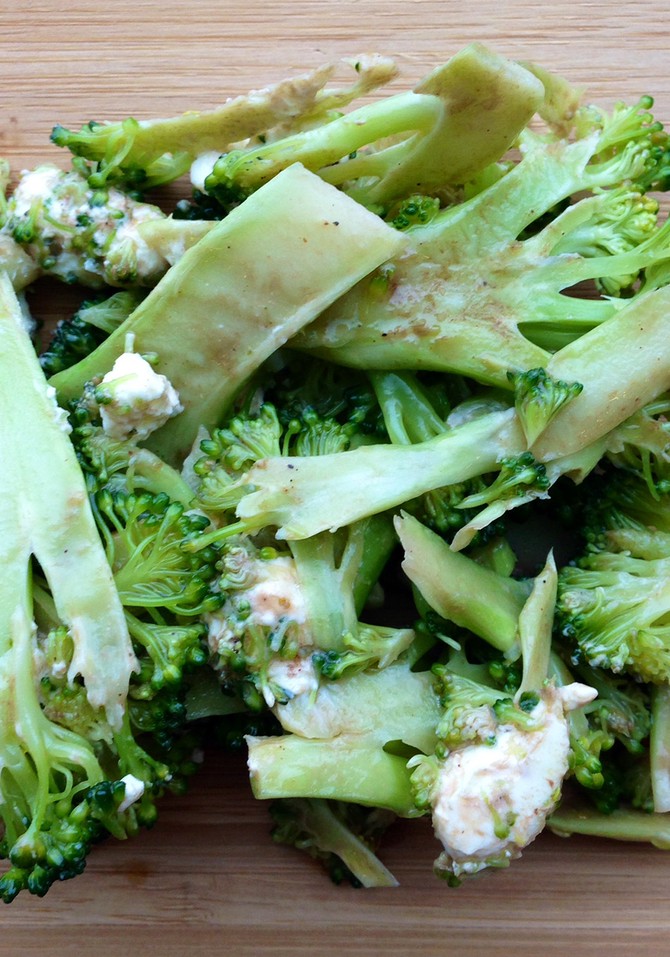
Photo: Lynn Andriani
Broccoli
Top Chef season one winner Harold Dieterle, who now has three New York City restaurants, is himself not a fan of the raw broccoli florets you often see on a crudité platter. We get why; they can have a strong taste that stays with you all night, no matter how many baby carrots you chase them with. The secret to transforming the cruciferous veggie into something tasty is a mandoline slicer. Dieterle shaves broccoli—both the florets and the stalks—thinly, then tosses them with vinaigrette, a handful of nuts and cheese. The dressing is able to penetrate into the paper-like broccoli better, mellowing its bite.
Get the recipe: Shaved Broccoli Salad
Get the recipe: Shaved Broccoli Salad
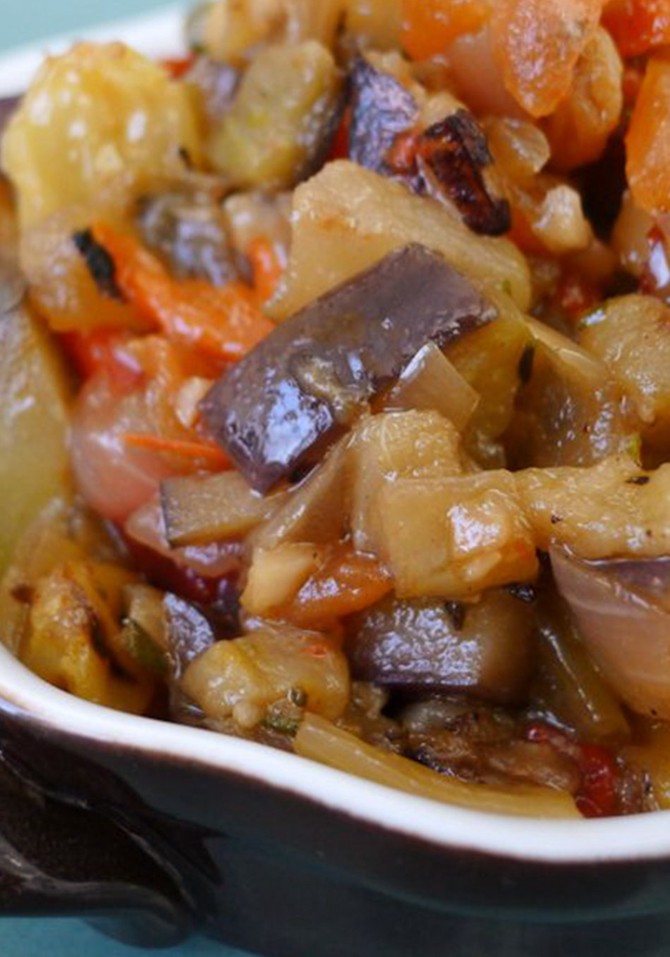
Photo: Sylvia's Table
Eggplant
To some, this versatile vegetable can taste bitter; others find it heavy (that's because often, when you fry eggplant, it soaks up all the oil—which is usually the case with eggplant parmigiana). Here's how to get around those issues, according to Liz Neumark, CEO of the New York catering company Great Performances and author of the cookbook Sylvia's Table: Sauté diced eggplant and combine it with other foods that have distinct flavors. The best example is caponata, which is a Mediterranean-like chunky sauce that also includes celery, garlic, bell peppers and tomatoes. You can eat it on crackers, toss it with pasta or even put it on top of grilled chicken or fish.
Get the recipe: Eggplant Caponata
Get the recipe: Eggplant Caponata
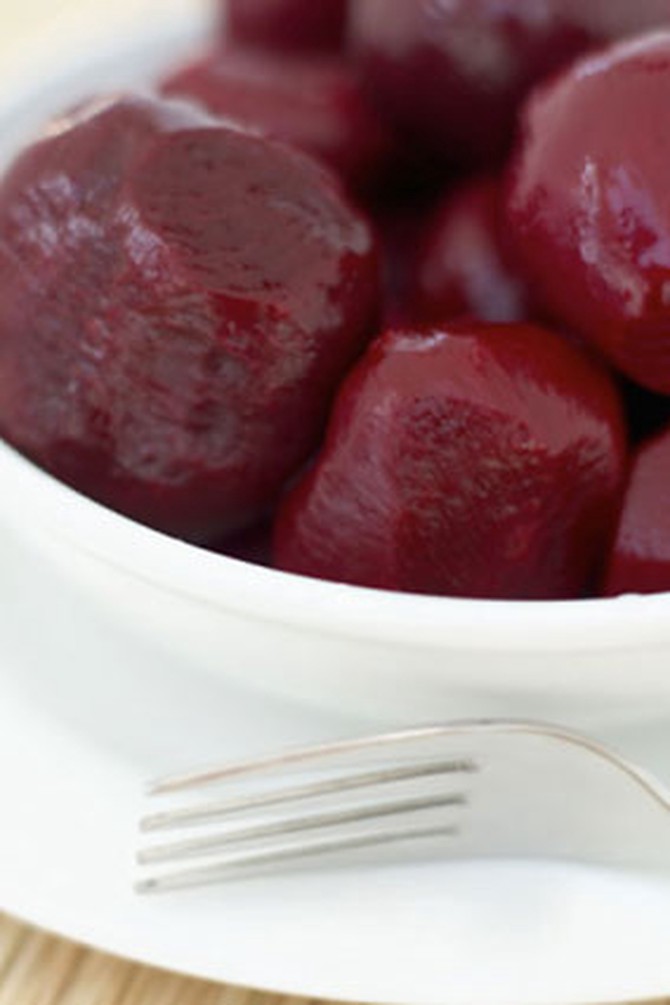
Photo: Thinkstock
Beets
Whether it's their moderate-to-loud flavor, unusual slipperiness or surprising sweetness, some people don't quite know what to make of beets. But Page and Dornenburg love their earthy taste and the soft-firm texture they take on when cooked. The best way to make these antioxidant-rich vegetables taste delicious is pairing them with contrasting ingredients. That can be a salty, creamy cheese (e.g., goat or blue), toasted nuts (e.g., walnuts or almonds)—or both. "The creamy and crunchy elements serve as counterpoints to the beets," the husband-and-wife team say.
Get the recipe: Roasted Beet Salad with Goat Cheese and Arugula
Get the recipe: Roasted Beet Salad with Goat Cheese and Arugula
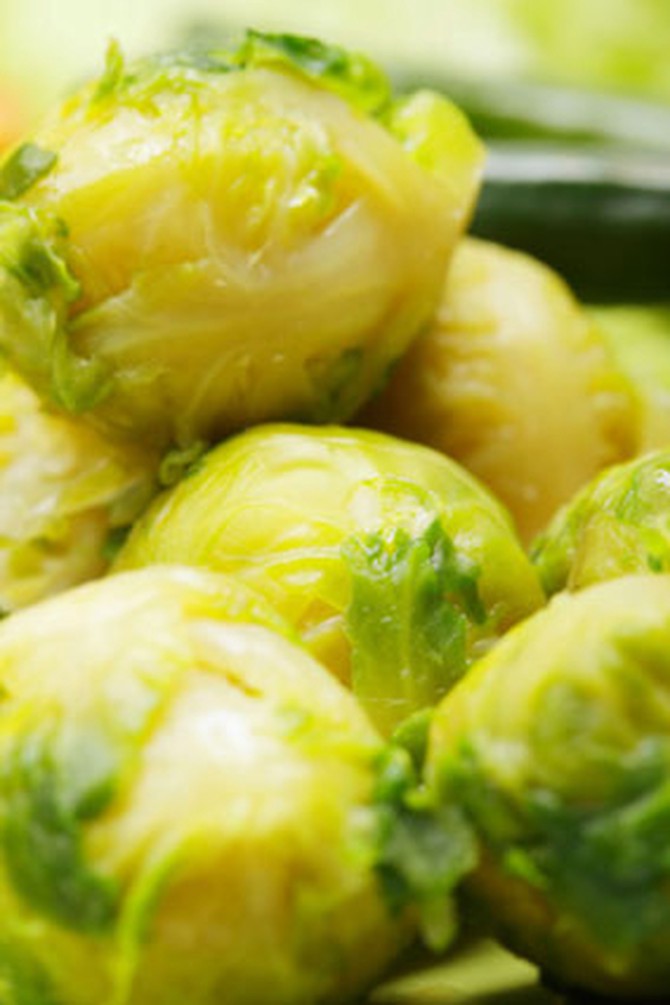
Photo: Thinkstock
Brussels Sprouts
A holiday staple for many, these mini cabbages are bitter and very "vegetal" tasting, in the words of Page and Dornenburg. They also turn gray and stinky, taking on a sulfurous odor, if you overcook them. For this much-maligned vegetable, we asked James Peterson, who went from studying chemistry at Berkeley to teaching home cooks the finer points of flavor, which ingredient is most likely to convert skeptics. Bacon, says Peterson, the author of Kitchen Simple: Essential Recipes for Everyday Cooking, without missing a beat. The crisp, smoky, salty meat is the perfect complement to Brussels sprouts' inherent (really!) sweetness. To combat texture issues, try slicing them thinly (julienne style) and sautéing them in olive oil with garlic so they soften without getting mushy.
Get the recipe: Brussels Sprouts with Turkey Bacon
Get the recipe: Brussels Sprouts with Turkey Bacon
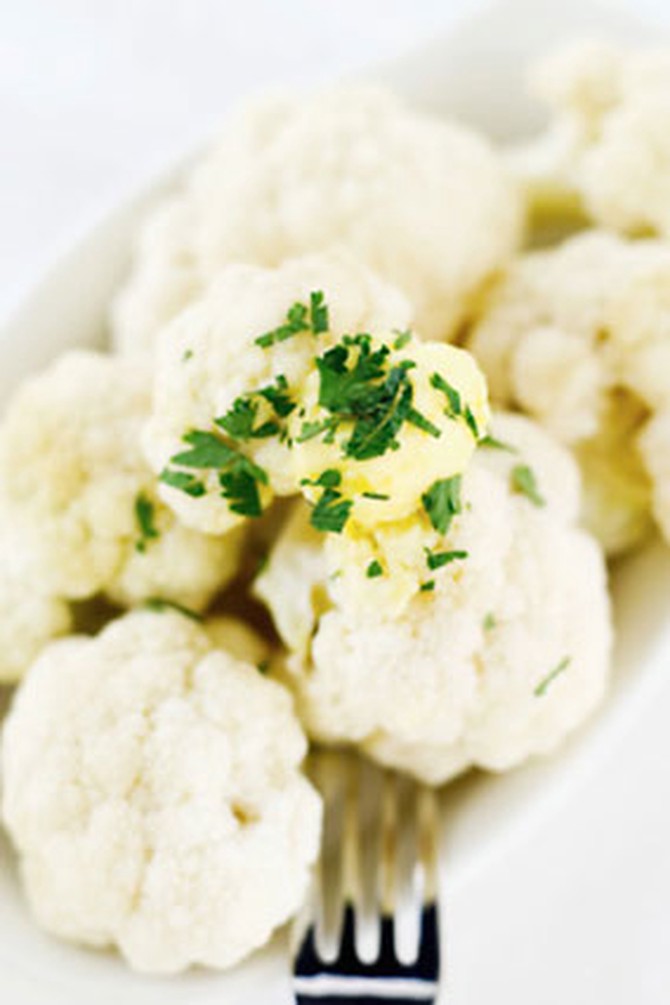
Photo: Thinkstock
Cauliflower
"Frightful memories!" That's the only way Peterson can describe a childhood spent choking down this cruciferous vegetable, which, like the Brussels sprout, acquires a strong sulfury taste when cooked too long. Now, though, Peterson puts cauliflower in a soufflé-like gratin with plenty of Parmigiano-Reggiano and Gruyère. "This preparation makes it more about cheese; the cauliflower just becomes a sort of medium for it," he says.
Get the recipe: White House Cauliflower Gratin
Get the recipe: White House Cauliflower Gratin
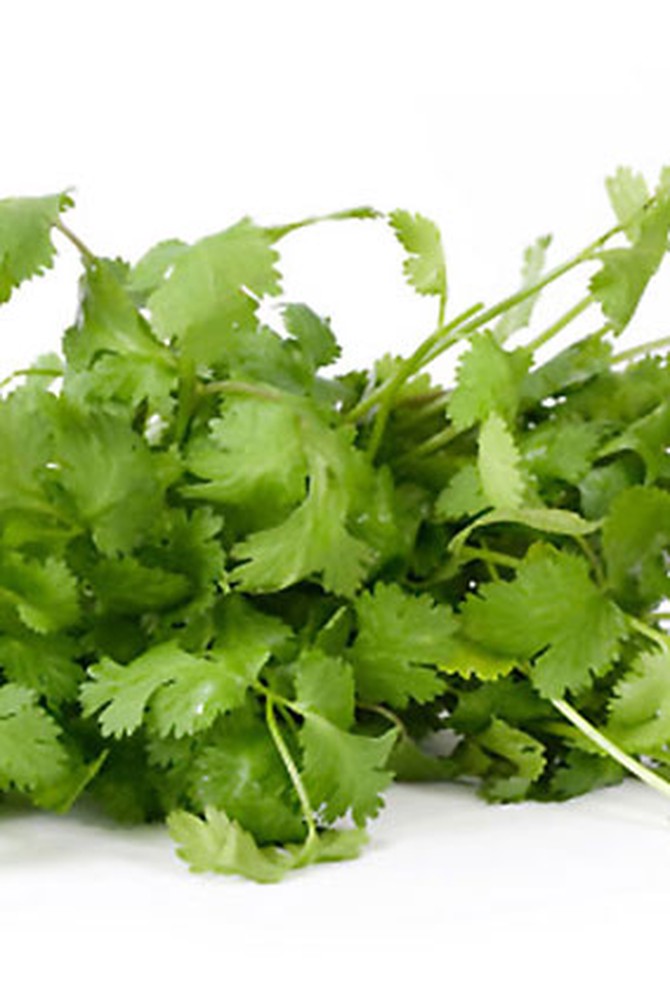
Photo: Thinkstock
Cilantro
Some people may be genetically predisposed to dislike cilantro, but the intense aromatics of this herb—a cornerstone in Mexican and Thai cuisine—can be tamed. Page and Dornenburg suggest tempering it with olive oil, such as in a cilantro pesto made with olive oil and cotija cheese, which you can then use to top chicken or fish. Or go the more tried-and-true route, pairing it with a compatible loud flavor, such as chilies, so they balance each other out.
Get the recipe: Chile-Lime Crab Salad with Avocado and Cilantro
Get the recipe: Chile-Lime Crab Salad with Avocado and Cilantro
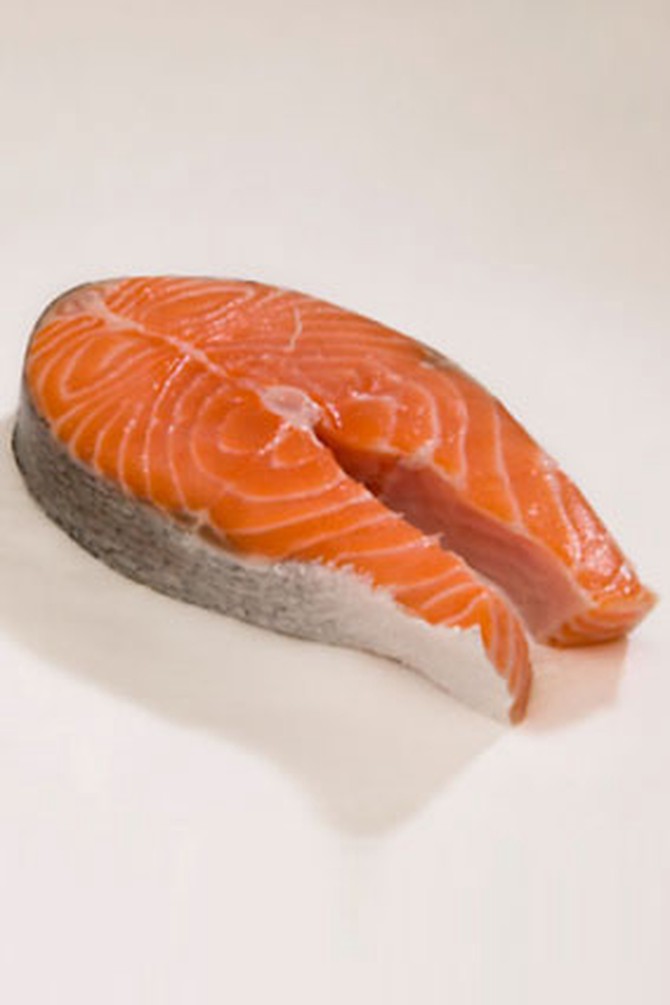
Photo: Thinkstock
Salmon
Salmon is popular the world over, but skeptics remain wary of its strong flavor. Rick Moonen, co-author of Fish Without a Doubt, finds sweet or spicy accents can tame salmon's fishiness. One example: a jalapeño salmon burger, which Moonen serves with guacamole on pita bread. You'll still taste the salmon, but it'll be balanced by the chili's heat and smoothed out by the avocado and lime. He also likes to introduce people to salmon via his hoisin glaze, made with lime juice, honey and a little bit of spice. Its sweetness is a good match for the smoky taste of salmon cooked on the grill.
Get the recipes: Jalapeño Salmon Burgers and Hoisin Glaze
Get the recipes: Jalapeño Salmon Burgers and Hoisin Glaze
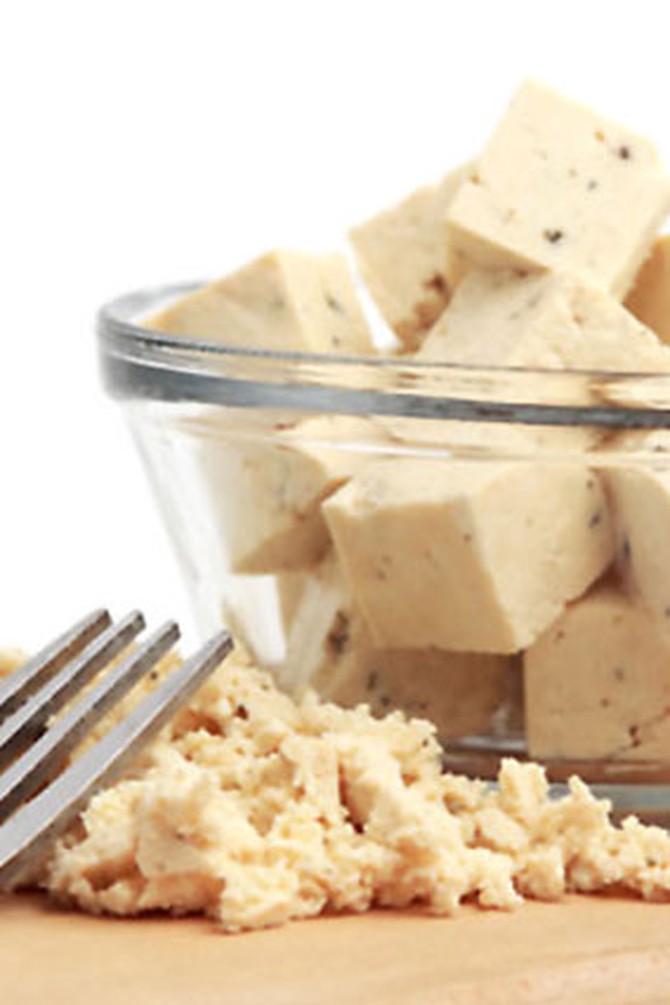
Photo: Thinkstock
Tofu
Colleen Patrick-Goudreau, cooking teacher and author of The 30-Day Vegan Challenge, says people can be turned off by tofu's occasionally slimy texture. And the dizzying varieties available at supermarkets—silken, soft, medium, firm, extra-firm, super-firm—can be overwhelming. Patrick-Goudreau says the trick is to match the texture with the dish. So if you want a creamy texture (e.g., for lasagna), buy silken. If you want a hearty texture (something that will stand up in a stir-fry or curry), pick extra-firm. If you're looking for a chewy texture (say you're crumbling it in chili or marinara sauce), buy firm, extra-firm or super-firm and put it in the freezer, unopened, for at least 24 hours. Then let it thaw on the counter for four to five hours. Open the package, hold the block of tofu over the sink and squeeze out all the water. This creates pores that can then be filled with another liquid (such as a marinade); it also gives you a chewier texture, perfect for grilling, baking, sautéing or even crumbling and salting for a Greek salad.
Get the recipe: Colleen Patrick-Goudreau's Tofu Scramble
Get the recipe: Colleen Patrick-Goudreau's Tofu Scramble
Published 05/05/2014

